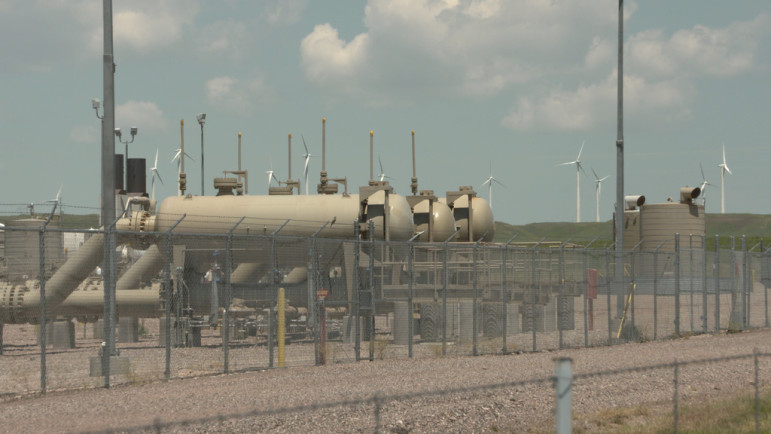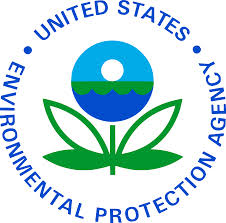
Rebecca Jacobson / Inside Energy
Natural gas compressor station.
Methane is a key component of natural gas. It is also a greenhouse gas that is around twenty times more potent than carbon dioxide. On August 18th, the Environmental Protection Agency unveiled the first-ever federal regulations to limit those emissions from oil and gas production.
The EPA says it is targeting oil and gas because that industry is responsible for around 30% of all methane emissions. It is bad for the environment but is also a waste. According to a new study led by Colorado State University researchers, the methane leakage at natural gas gathering facilities and processing plants is equivalent to the amount of natural gas consumed annually by 3.2 million U.S. homes
The EPA’s new regulations are part of a larger strategy to reduce methane emissions by 40% by the year 2025. Proposed fixes include better leak monitoring and focusing on key pieces of equipment where much of the methane tends to escape.
“Today’s proposal will establish consistent national standards and guidelines to provide industry with a clear pathway for safe and responsible operation and energy development in the future based on best practices already in use by some companies and already in use by some states,” said the EPA’s Janet McCabe.
One of those states is Colorado. As Inside Energy’s Dan Boyce reported, last year it became the first to regulate methane emissions from on-going oil and gas development. The EPA’s standards, however, apply only to new and modified equipment.
John Robitaille is the Vice President of the Petroleum Association of Wyoming. He says Wyoming is also a leader in air quality control. For example, as Wyoming Public Radio reported earlier this summer, the state’s Environmental Quality Council approved new air quality regulations in the Upper Green River Basin, an area that has struggled with high ozone levels. But Robitaille says that although Wyoming is moving ahead on air quality issues, the federal regulations could directly affect oil and gas companies, depending on their size.
“So I’m not sure that much of this is going to significantly impact all of our producers in Wyoming. But I think some of these things will impact some..,” Robitaille said.
The EPA’s new methane regulations are part of President Obama’s climate change agenda and come just weeks after his administration unveiled its final draft of the Clean Power Plan which cuts carbon emissions from coal fired power plants (read Inside Energy’s analysis here). There are more regulations on the horizon to address issues involving ozone levels, hydraulic fracturing on federal lands and sage grouse.








